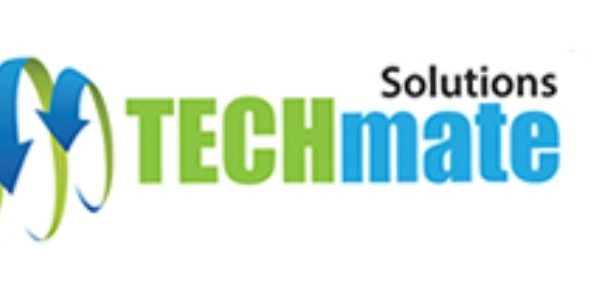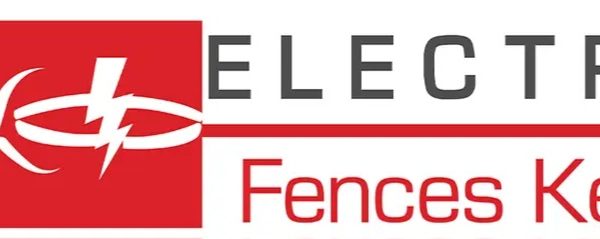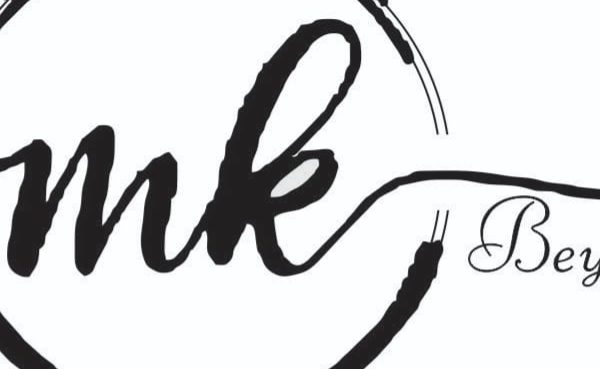When it comes to buying property in Kenya, most aspiring homeowners or investors face the same critical question: Should I go for Sacco vs Bank Loans for Buying Property in Kenya? Both options offer paths to property ownership, but they differ significantly in terms of interest rates, approval processes, repayment terms, and flexibility.
In this guide, we’ll break down the key differences between SACCO loans and bank loans for buying property in Kenya, helping you decide which financing option is right for you in 2025.
What is a SACCO?
A Savings and Credit Cooperative Organization (SACCO) is a member-based financial institution where individuals pool their resources to offer credit to one another at favorable terms. SACCOs are highly popular in Kenya due to their accessibility and community-based lending model.
Key Features:
-
Members save regularly and can borrow based on their savings (typically 3x the amount saved).
-
Interest rates are generally lower than those of commercial banks.
-
Loan approval is often faster and more flexible.
Bank Loans (Mortgages) in Kenya
A bank loan or mortgage is a long-term loan offered by commercial banks to help individuals purchase property. It is secured by the property itself and repaid over a defined period with interest.
Key Features:
-
Longer repayment periods (up to 25 years).
-
Higher loan limits.
-
Requires a formal credit appraisal and documentation process.
Sacco vs Bank Loans: A Head-to-Head Comparison
Let’s compare Sacco vs Bank Loans for Buying Property in Kenya based on critical decision-making factors:
1. Interest Rates
SACCOs:
-
Typically offer lower interest rates.
-
Commonly charge between 8% and 12% per annum on a reducing balance basis.
-
Some SACCOs offer flat-rate interest, which may appear cheaper but could cost more over time.
Banks:
-
Interest rates range between 12% and 14%, often variable depending on the Central Bank Rate (CBR).
-
Some banks offer fixed-rate mortgages for 2–5 years before switching to variable.
✅ Winner: SACCOs (more affordable rates, especially for smaller loans)
2. Loan Amount & Eligibility
SACCOs:
-
Loan limits are tied to your savings (typically 3x or 4x your savings).
-
To qualify, you must be an active contributing member.
-
Ideal for those who’ve built a savings record over time.
Banks:
-
Loan amounts are higher, with some banks offering up to KES 100 million or more.
-
Eligibility is based on income, credit score, debt-to-income ratio, and property valuation.
✅ Winner: Banks (higher loan ceilings suitable for large property purchases)
3. Repayment Period
SACCOs:
-
Shorter loan terms, usually between 1 and 10 years.
-
Monthly repayments are often higher due to the shorter tenure.
Banks:
-
Offer long-term repayment periods of up to 25 years.
-
Ideal for buyers looking for affordable monthly payments.
✅ Winner: Banks (better for long-term repayment flexibility)
4. Collateral Requirements
SACCOs:
-
May require guarantors from among SACCO members.
-
Some require land title deeds or the property itself as security.
Banks:
-
Typically, demand title deed, sale agreement, property valuation, and income documentation.
-
Have stricter collateral and documentation processes.
✅ Winner: SACCOs (easier collateral options for members)
5. Speed of Loan Processing
SACCOs:
-
Faster processing, especially if you’ve been a member for a while.
-
Decisions may take 1–4 weeks, depending on the SACCO.
Banks:
-
Slower due to due diligence, valuation, legal reviews, and approvals.
-
It may take 1–3 months to process a mortgage fully.
✅ Winner: SACCOs (faster for existing members)
6. Flexibility and Customer Service
SACCOs:
-
Personalized service and more flexible repayment terms.
-
Easier to renegotiate terms due to the community-based approach.
Banks:
-
More rigid terms and structured policies.
-
Formal appeals or renegotiations take time.
✅ Winner: SACCOs (more member-friendly approach)
7. Additional Costs
SACCOs:
-
Lower associated fees (no legal fees or valuation costs in some cases).
-
Fewer third-party charges.
Banks:
-
May include hidden charges: processing fees, legal fees, valuation fees, stamp duty, and insurance.
✅ Winner: SACCOs (generally more cost-effective)
When Should You Choose a SACCO Loan?
-
You’re buying land or a low-cost property.
-
You have significant savings with a SACCO.
-
You prefer faster loan approval.
-
You’re okay with a shorter repayment period.
-
You want to avoid high interest and bank bureaucracy.
When Should You Choose a Bank Mortgage?
-
You’re buying high-value residential or commercial property.
-
You need larger financing than your SACCO allows.
-
You want longer repayment periods for manageable monthly installments.
-
You have a good credit score and formal income.
-
You prefer a structured mortgage system with full property ownership guarantees.
Case Study Example
Mary, a 34-year-old salaried worker in Nairobi, wants to buy a KES 6 million apartment. Her SACCO allows her to borrow up to KES 2.5 million based on her savings, meaning she’ll need to raise the balance elsewhere. On the other hand, her bank can finance up to 90% of the apartment’s value, making the bank a better option in her case.
Lesson: SACCOs are great for smaller amounts or top-ups, while banks are better for full-scale property purchases.
Hybrid Strategy: Combine SACCO & Bank Financing
Many Kenyans use both institutions. For instance:
-
Use a SACCO loan to pay the deposit or buy land.
-
Use a bank mortgage for building or buying a home.
This approach offers flexibility while keeping overall borrowing costs lower.
Conclusion
The choice between Sacco vs Bank Loans for Buying Property in Kenya depends on your financial situation, urgency, and the type of property you’re targeting. SACCOs are best for smaller, faster, and low-interest loans with simpler requirements. Banks are better for large-scale property purchases, long repayment terms, and structured mortgage options.
Before making a decision, evaluate your needs, compare offers, and seek financial advice. With the right choice, your journey toward homeownership will be both smart and sustainable.








